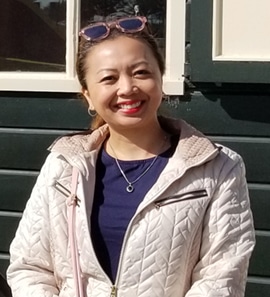
Charmaine Crispo | RN, BSN, MBA, CMSRN, CPAN, CAPA
My Certification Story
Having a certification measures one's knowledge and skills. I've been a PACU nurse for 9 years and was not interested in CPAN and CAPA. I became curious to why my co workers were taking and successfully passing them. Taking tests were a challenge for me because I was not a good test taker, too busy with schedules, and didn't have time study. My hospital encouraged me to take certification. I registered for CPAN and CAPA (as a backup just in case I failed CPAN). Both tests have different contents, different approaches and basically different tests. None of the questions in CPAN was in CAPA. I was so thankful I passed and was able to obtain dual certificates.
My Study Strategies
I attended the 2-day CPAN/CAPA review course sponsored by my institution. I read the "Certification Review of Periansthesia Nursing" by Barbara Putrycus and Jacqueline Ross, 2015-2017 ASPAN Standards, and I focused on the Questions and Answers which helped me a lot. I studied the rationales and did some research on the topics that I'm not familiar with. I committed myself to studying 8 hours a day for 2 weeks in preparation for the test.
My Benefits
My institution acknowledges certification. It helped me advance my career. I learned new things and relearned things that I almost forgotten. The materials helped me go back to the basic and look into the ASPAN standards as a reference for critical care and decision making. Having a dual certificate gave me confidence to work in both preop and postop. I am able to deliver safer and better care for the patients and be proud to tell them that I am certified.
My Advice
Take both CPAN and CAPA since its all the same review materials. Take the test at your own pace and give yourself ample time to review. Be open to new learnings especially the seasoned PACU nurses. If you fail, don't be discouraged. Take it again.
